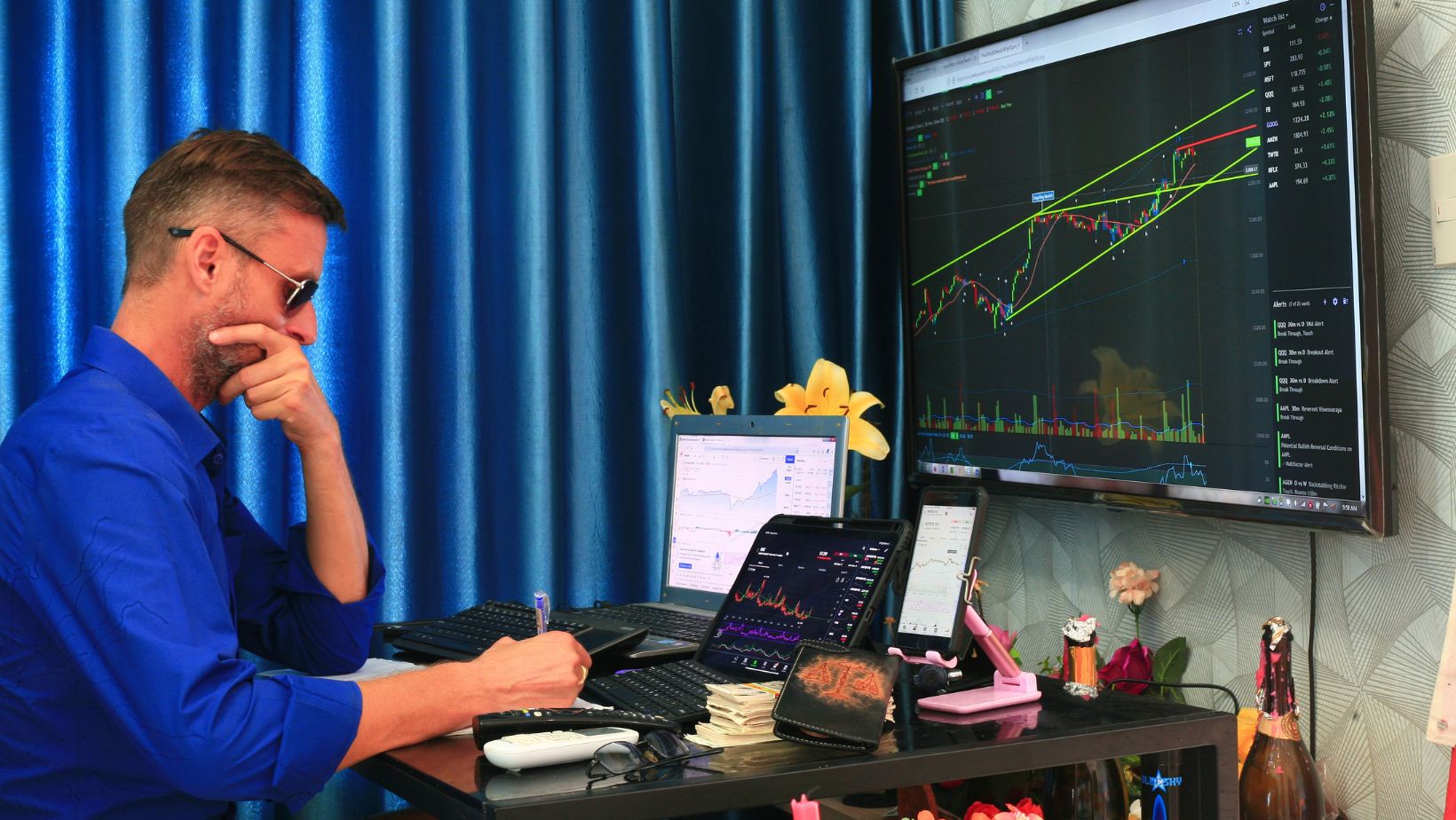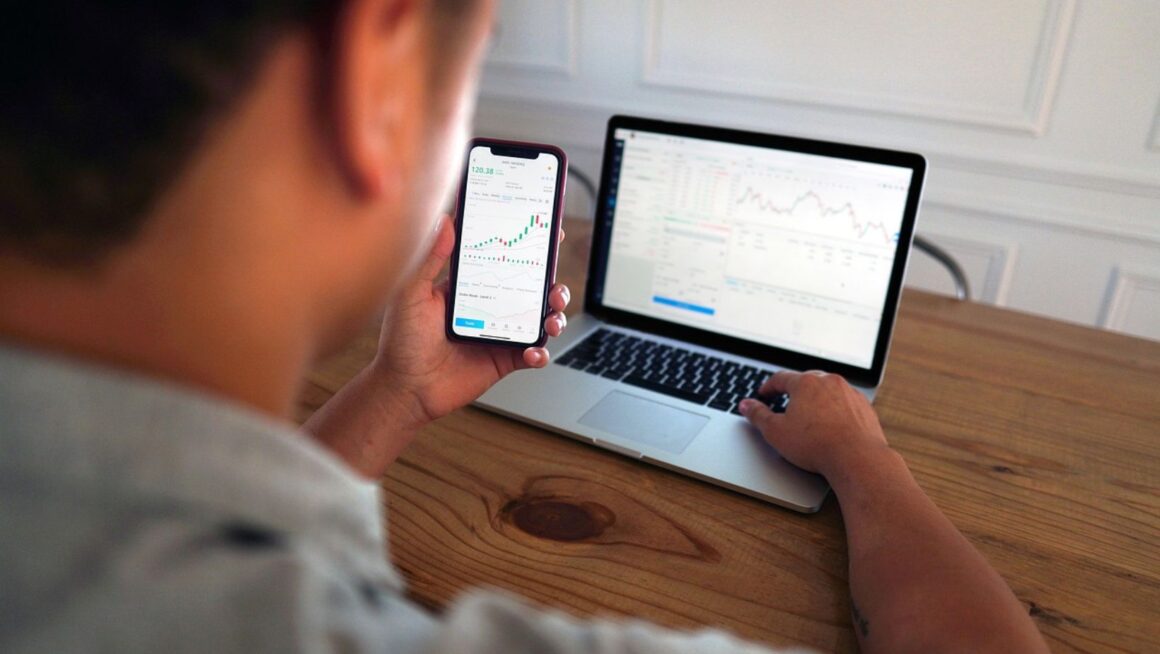Expensive cocktail parties, modern cars, and a sky-high income — the trader profession has long been the subject of people’s fantasies. There is one more item to add to this list — freedom. In the trade rooms, the days are anything but shiny. The Big Boss isn’t always in a good mood, and the suits and ties, or pantsuits, can be a bit stifling! Finding a way to enjoy the pros of a big trading job without the cons of being a paid employee is the new holy grail of traders who work for themselves. But is this dream really a good one? If you want to be your own boss and sell things, here are the steps to take.
#1 — Don’t Mix Up Your Dreams and Real Life
Traders need to be realistic if they want to beat the market. You can easily open an online trading account and call yourself a trader, but that doesn’t mean you can make enough money from trading to live on. If you want to make money in the stock market, you have to face reality and separate the polished image of the trader in ads (which is often used by brokers and trainers) from the trader’s everyday life. It’s not as cool as people say it is. It’s a lot more real. You can hire a professional CFD broker to support you in this journey.
You should keep in mind that almost all individual buyers lose money, and the ones who do manage to get away from the market are usually a long way from getting rich. It’s not common for traders to make money, but let’s be clear about that. Not only is it hard to make a living as a seller, but you also have to think about the money and time you will have to spend to reach your goal.

Will you put in the time and effort needed, knowing that you will lose money and have to deal with the mental challenges that your own cognitive and emotional flaws will bring you? People who trade on their own don’t have an easy life. You’ve been warned!
#2 — Assess Your Goals and Make a Plan for How to Reach Them
Freedom, money, social standing, cerebral tasks, and excitement. Why do you want to put your money and time into trading? What do you want to find in this quest? Take a break. Now, think about what drives you and write it down in your trade log. In your early days as a seller, you will have a hard time. It will help you get through that time to read your book and think about why you decided to go on this trip. Follow the SMART method to set clear goals. These are what each of your goals will be:
- Specific — What do you really want to achieve?
- Measurable — How are you going to know when you’ve reached your goal?
- Achievable — Is your dream possible?
- Realistic — Does your goal make sense?
- Time-bound — What date do you think you’ll reach your goal?
A lot of the time, the goals that new traders set are impossible to reach. With a $10,000 account, it doesn’t make sense to want to make $5,000 a month. Don’t forget that the best investors only get “only” 10% back every year!
#3 — Start Small
Trading is risky. A no-obligation, risk-free test trading account is the best way to learn how to trade without getting swept away by the market when you first start. As soon as you know how to use the trading tool and place orders correctly, you might want to start dealing with real money. But if you really want to be your own boss as a trader, you should never risk all the money in your trading account at once. First, you should always save some money just in case. Setting your trade budget can only be done after you have made sure your general finances are stable.
To boost your wealth with trading, you need a lot of money, between a few hundred thousand dollars and a few million dollars, based on how risky you are willing to be. However, you can open a trading account and make your first trades with about twenty-five dollars. Pros of beginning with small positions:

- Lessen your cash risk
- Do a lot of deals to get better.
- Slowly learn how to control your feelings.
- See how well you can beat the market over time.
Traders who are patient can still stick to their trading budget over time, even if things go badly. They are going to keep learning and getting better. If the investor works well with small amounts of money, they can slowly and steadily increase the size of their investment until they reach their goal. On the other hand, if a trader throws their whole trading budget into the markets at once, they will probably lose everything when volatility goes up for the first time. They will then have no money left to try their luck again.
Let’s Wrap It Up
To build a long-term and successful trading career, you need to learn how to trade. Follow the above steps to avoid making mistakes as a beginner and continue to learn to get an edge as you get better. Taking good trade training will save you time and help you build a strong academic base.




